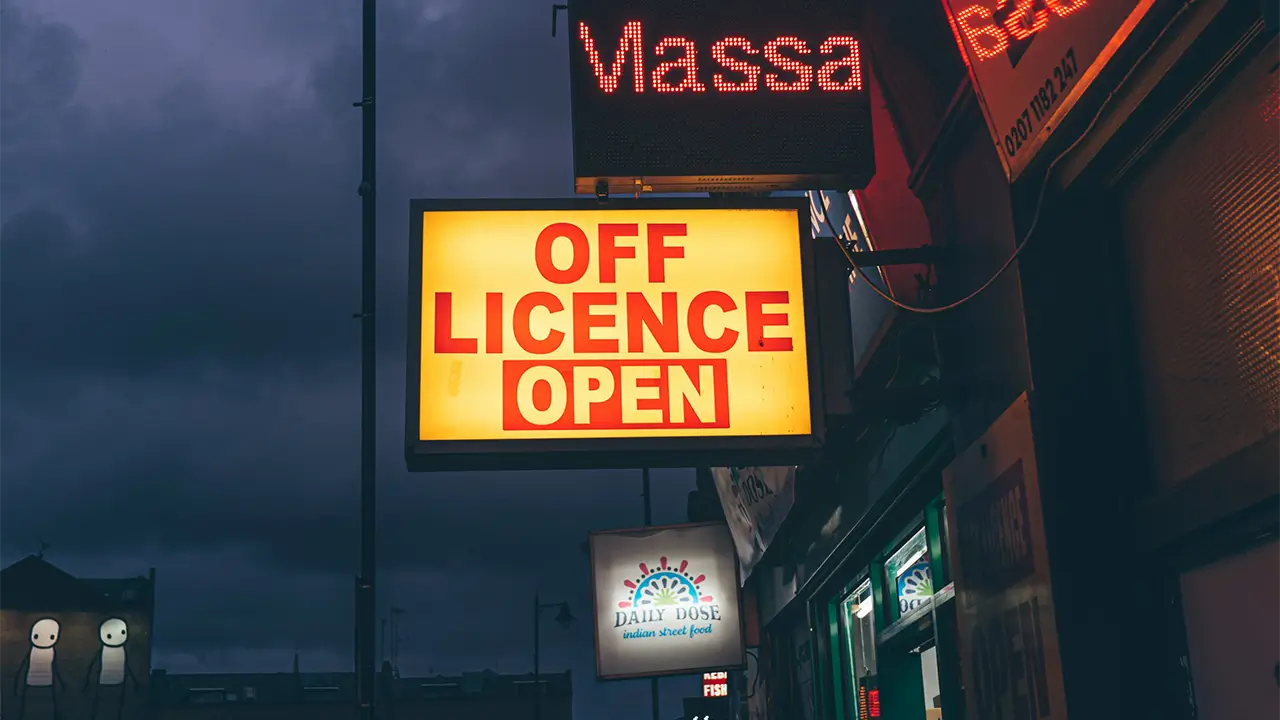Whether it's original text, graphics, photos, videos, logos, or website designs – businesses create numerous works in their day-to-day operations that are protected under copyright law. Yet many entrepreneurs are unaware of when and how copyright protection arises, what rights the creator holds, or how to lawfully use content created by others.
What Qualifies as a Copyrighted Work?
Copyright protection applies to all individual and original creations expressed in a literary, scientific, or artistic form. Common examples include:
- company introductions, blog articles,
- graphic design elements (logos, brand identity),
- photos, videos, sound recordings,
- software and applications,
- marketing materials, brochures, presentations,
- websites and e-commerce platforms.
Important: Copyright arises automatically at the moment the work is created – no registration or formal application is required.
Who Owns the Copyright?
Copyright initially belongs to the person who created the work – the author. A common question in business is whether a commissioned work (e.g. created by a freelance graphic designer or copywriter) automatically becomes the client’s property. The answer: no!
In such cases, the client only obtains the right to use the work if this has been expressly agreed in writing. Without such an agreement, the author retains the rights – which can become a serious issue, for example, if a dispute arises and the company loses the right to use its website design or marketing materials.
What Rights Does Copyright Provide?
The author is granted two types of rights:
- Moral rights, such as the right to be credited and the protection of the integrity of the work,
- Economic rights, i.e. the exclusive right to use the work (e.g. reproduction, distribution, public communication, adaptation).
Economic rights can be licensed, transferred, or restricted – but only through a written agreement.
Using Third-Party Content – What to Watch Out For
Many entrepreneurs use images, music, or text found online – often without understanding the legal implications. However, copyright infringement may lead to liability for damages or even legal proceedings.
Practical tips:
- Always check the license terms of the source (e.g. Creative Commons, stock photo terms),
- Use rights-cleared content (e.g. licensed stock material, content you create yourself),
- When in doubt, obtain written permission before using any third-party work.
Why Is a Copyright Agreement Essential?
Most copyright-related disputes could be avoided if businesses made it a practice to put all usage rights in writing whenever content is created – be it a website, logo, or text..
A well-drafted agreement should include:
- a clear description of the work,
- the scope and duration of permitted use (e.g. purpose, territory, time limits),
- compensation terms,
- clauses on the transfer or licensing of economic rights.
In Summary – How Can a Lawyer Help?
Copyright law may seem complex at first, but with well-structured contracts and informed rights management, most legal disputes can be prevented. Our law firm can assist you with:
- drafting copyright agreements,
- preparing licenses and usage terms,
- resolving disputes out of court or through litigation,
- enforcing your rights against unauthorized use of your intellectual property.
As an entrepreneur, protect what you’ve created! Feel free to contact us for professional copyright advice or enforcement support.



